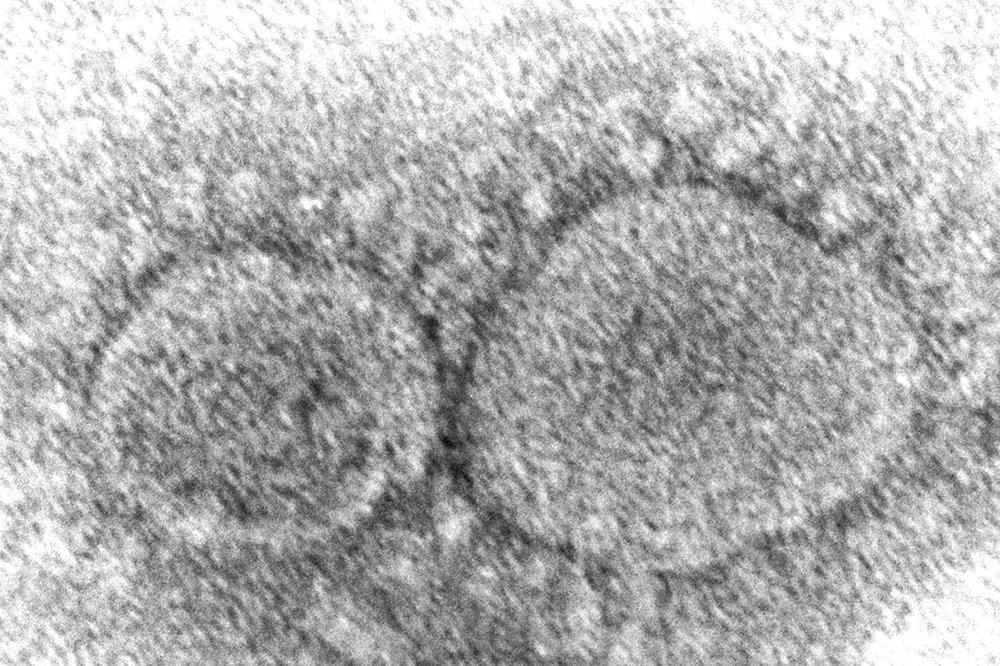
Florida on Monday reported just over 3,300 new COVID-19 infections. The state also tallied an additional 83 pandemic-related deaths.
Both those numbers are considerably lower than typically seen this year. The caseload figure could be related to a low number of tests processed, but a second day with fewer than 100 deaths could be a sign the ravages of the coronavirus may be starting to calm.
According to the latest daily report, Florida has now totaled 1,948,307 positive tests for COVID-19 since the virus surfaced here on March 1, 2020. That’s an increase of 3,312 cases not included in a Sunday report.
The total includes 1,909,209 Florida residents, along with 35,786 individuals in other states but who tested positive here.
The death toll within Florida as of Monday morning reached 32,349, a number that includes 31,683 Florida residents and another 583 individuals from outside Florida who died from the virus here.
That reflects an increase of 83 deaths overnight. That’s slightly higher than the jump of 66 deaths from Saturday to Sunday, but still lower than the 107 deaths added to the state report from Friday to Saturday.
When it comes to testing, the state notably recorded fewer results on Sunday, about 69,810. By comparison, on Monday, March 1, the state recorded test results from 147,928 individuals. That came after a particularly low Sunday the prior day, when just 33,464 tests were processed. That may signal an uptick in cases on Tuesday as data gathering catches up from the weekend.
But death works a seven-day week, so a low number of fatal outcomes may be a sign of good news.
About 8.66% of tests tabulated on Sunday came back positive. Generally, health officials consider the virus contained when positivity remains under 10%. The last time the rate exceeded that was just over a month ago. The positivity rate for only new cases among Florida residents was just 5.95%.
A Sunday update from the Centers for Disease Control and Prevention shows the number of Florida cases of the B.1.1.7 strain, first seen in the U.K., has grown to 642. That’s more than 21% of all 3,037 known cases nationwide across 49 states.
The latest report from the federal agency showed no increase in two other variant strains. Florida has one known case of the B.1.135 strain first seen in South Africa and 5 cases of the P.1 variant first discovered in Brazil.
Meanwhile, vaccinations roll on in Florida, with health officials reporting more than 1.5 million shots have made it into arms.
That means 3,590,686 individuals have received at least one dose of vaccine.
About 12,875 received the newly released, one-dose Johnson & Johnson vaccine. The rest had shots of the Moderna or Pfizer vaccines.
A total of 1,946,615 individuals have completed a two-dose shot schedule for one of those mRNA vaccines, which require an initial dose and a booster. Another 1,631,196 have received only the first dose of one of those vaccines.
Editor’s note on methodology: The Florida Department of Health releases new data every morning around 10:45 a.m. The total number reported in those daily reports include the previous day’s totals as well as the most up to date data as of about 9:30 a.m.
Florida Politics uses the report-over-report increase to document the number of new cases each day because it represents the most up-to-date data available. Some of the more specific data, including positivity rates and demographics, considers a different data set that includes only cases reported the previous day.
This is important to note because the DOH report lists different daily totals than our methodology to show day-over-day trends. Their numbers do not include nonresidents who tested positive in the state and they only include single-day data, therefore some data in the DOH report may appear lower than what we report.
Our methodology was established based on careful consideration among our editorial staff to capture both the most recent and accurate trends.



